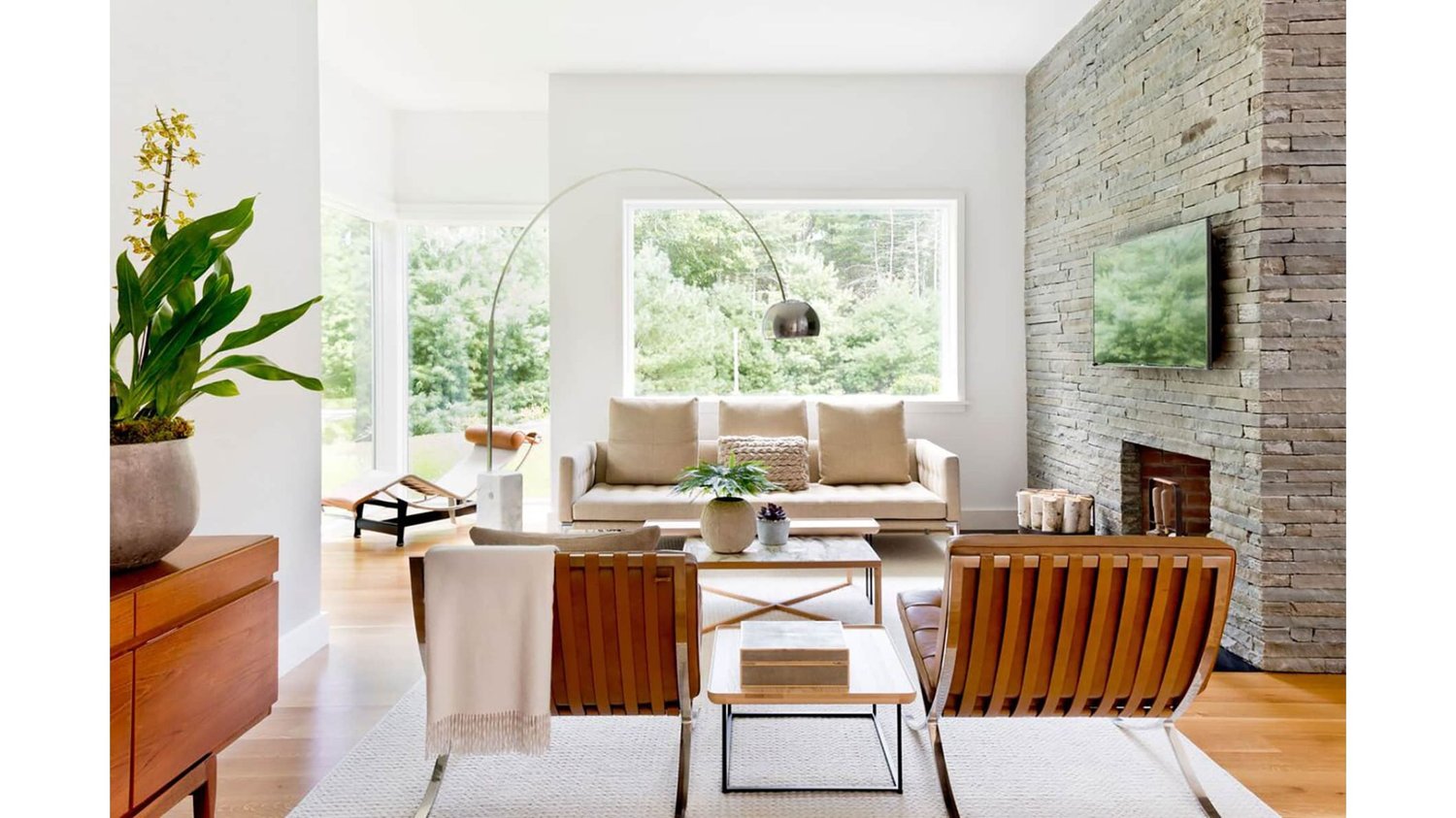Minimalism says less is more. Maximalism says more is more. On paper, these two design philosophies seem like complete opposites. One thrives on clean lines, open space, and restraint. The other celebrates bold colors, layered textures, and curated chaos. But what if the two could actually work together? At our creative interior design Firm Studio SHK, we decided to find out.
Understanding the Two Styles
Minimalism is all about simplicity. Neutral palettes, clutter-free spaces, and functional design take center stage. The goal is to create a calm environment where everything has a purpose.
Maximalism is its unapologetic counterpart. It’s a feast for the senses—rich colors, intricate patterns, and meaningful collections. Every corner tells a story. Instead of editing things out, it’s about curating a space that feels personal and alive.
Both have strong appeal. Minimalism gives you breathing room. Maximalism gives you character. The challenge? Making them coexist without clashing.
Why Blend Them at All?
The idea came from clients who loved the airy feel of minimalism but also wanted the warmth and personality that comes with maximalist touches. They didn’t want a bare space that felt cold, nor a busy room that felt overwhelming.
So, we set out to find the sweet spot—keeping the calm, open vibe of minimalism while introducing layers of color, art, and texture inspired by maximalism. Our creative interior design Firm thrives on projects that push boundaries, and this one had “experiment” written all over it.
Step One: Start with a Minimalist Base
The foundation is crucial. We began with a clean, neutral base—think white walls, streamlined furniture, and open layouts. This kept the space feeling fresh and gave us a blank canvas to build upon. Minimalism provided the structure and visual breathing room needed to prevent maximalist elements from overpowering the design.
Step Two: Layer with Maximalist Personality
Next, we added color, pattern, and texture—but carefully. A single vibrant rug, statement artwork, or patterned throw pillows brought energy without overwhelming the space. Instead of filling every wall, we curated specific focal points. This allowed maximalist elements to shine while keeping the overall balance.
One key tactic was using repetition. For example, a patterned tile in the kitchen was echoed in small accessories in the living room. This created continuity, so the design felt intentional rather than random.
Step Three: Mix Materials and Finishes
Minimalism often sticks to a few materials, while maximalism loves variety. We merged the two by introducing rich woods, soft velvets, and metallic accents alongside smooth stone and glass. The variety gave depth, while the minimalist base kept it cohesive.
This contrast made the space dynamic. A sleek, modern sofa paired beautifully with an antique coffee table. A simple pendant light hung over a vibrant dining set. The interplay between old and new, sleek and ornate, became the heartbeat of the design.
Step Four: Let Negative Space Breathe
A big mistake when blending these styles is overcrowding. We resisted the urge to fill every surface. Instead, we left intentional gaps so the eye could rest. This breathing room is what keeps the look from tipping into clutter.
Even in our most decorated rooms, we maintained open areas. A large statement painting might be paired with an otherwise empty wall. A bold patterned rug might sit under a simple, neutral couch. The contrast makes each element stand out more.
The End Result
The final space didn’t feel like a compromise—it felt like its own design style. Minimalist clarity met maximalist expression, and the two worked in harmony. Clients loved the personality, but also appreciated the calmness.
At our creative interior design Firm, this project reminded us that design “rules” are more like guidelines. Mixing styles can create something fresh and deeply personal if done thoughtfully.
Takeaway for Homeowners
If you’re drawn to both philosophies, you don’t have to choose one. Start with a minimalist foundation, then layer in maximalist details slowly. Stick to a consistent color palette, repeat patterns or textures, and always leave space for the design to breathe.
Blending these two worlds is like mixing a strong espresso with frothy milk—it’s bold, smooth, and surprisingly harmonious.

